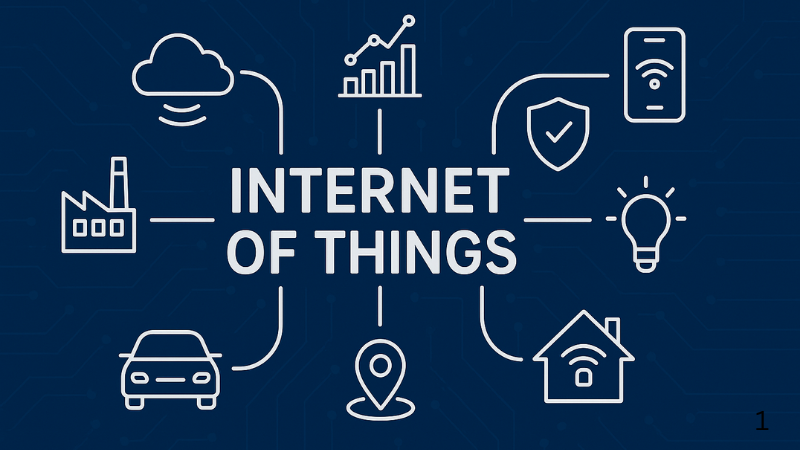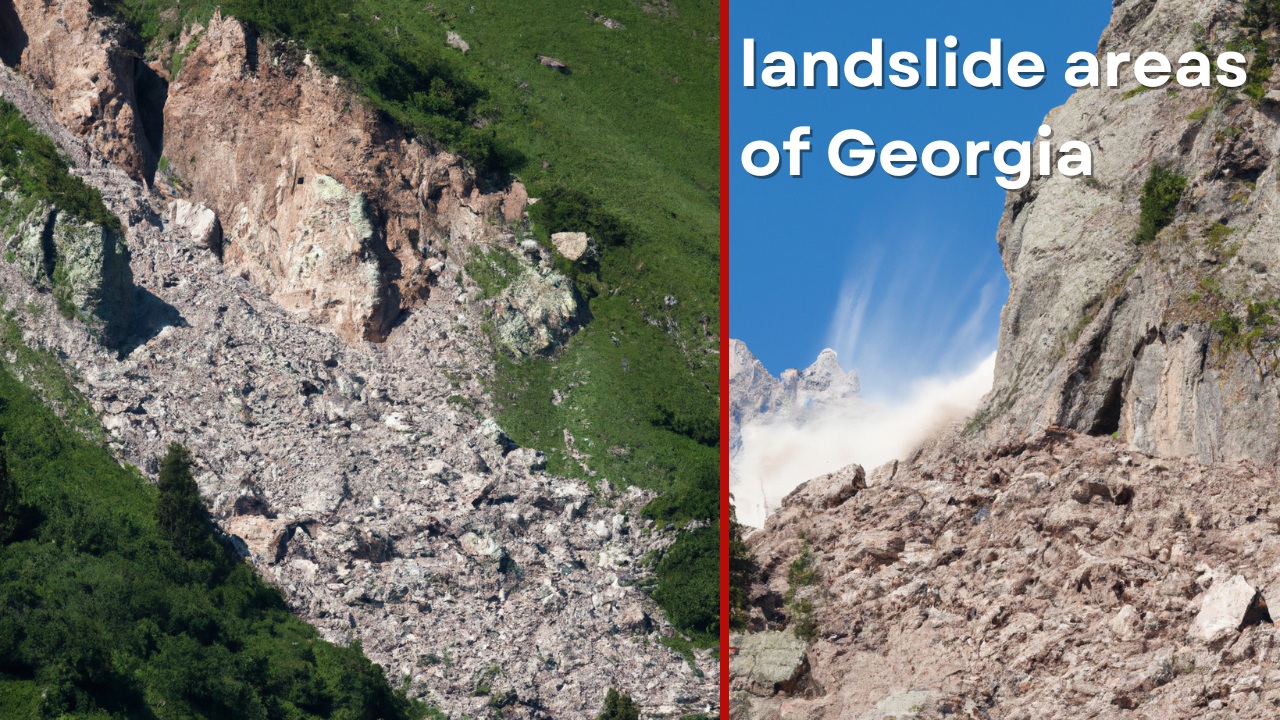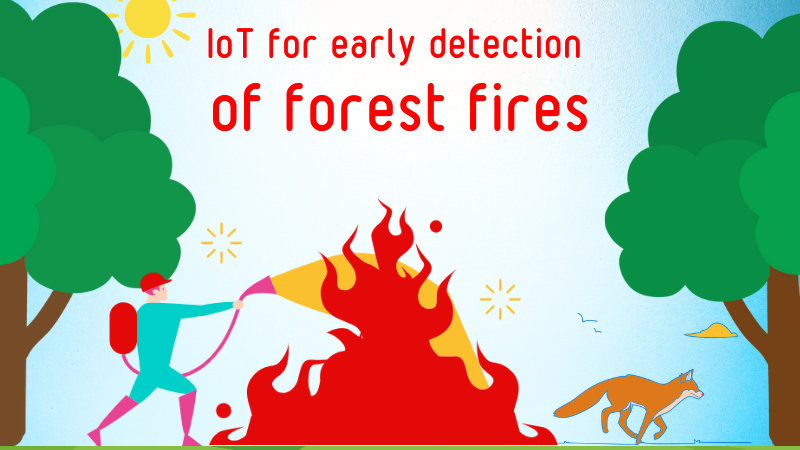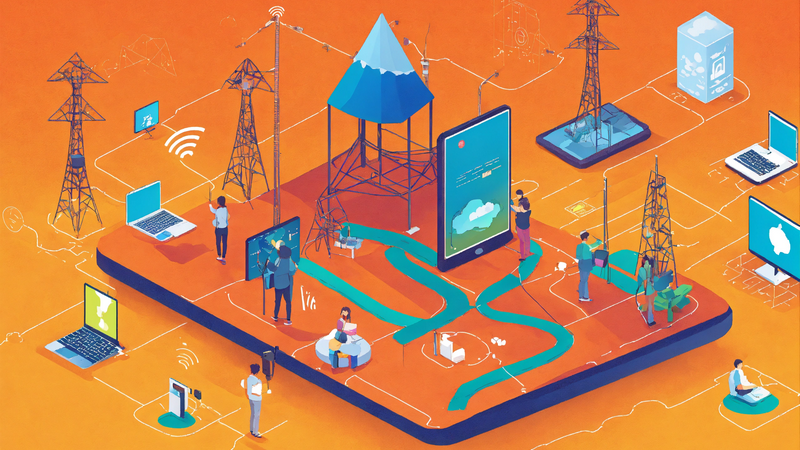Amsterdam once again turned into the world capital of the Internet of Things this September, as De Kromhouthal hosted The Things Conference, the largest European gathering dedicated to IoT, LoRaWAN and low-power network technologies.
The event brought together more than 1,500 participants and over 70 speakers, ranging from engineers and developers to researchers and business leaders. In the exhibition zone, visitors could explore more than a hundred devices and solutions, many of them presented to the public for the first time, showing how IoT is being applied in industry, energy, agriculture and the development of smart cities.
Over the course of two intense days, the program offered keynote speeches from leading global experts, technical sessions and practical workshops. The central themes reflected the maturity of the field: integration of edge computing and artificial intelligence for faster and more efficient data processing, new approaches to energy autonomy and harvesting, the rise of multi-radio solutions capable of working across LoRaWAN, NB-IoT, Bluetooth and Z-Wave, and the growing emphasis on the economics of IoT deployments. Rather than abstract forecasts, the focus was on tangible case studies: how IoT helps to control water supply in African villages, how it enables energy monitoring in factories, or how it reduces costs in logistics chains.
One of the most striking features of the conference was the “Wall of Fame,” a showcase where dozens of sensors, modules and finished devices were displayed. It was a snapshot of the future of IoT, presented in real, physical form — a space where one could walk past and see the full spectrum of innovation, from microchips to cloud services.
Participants noted that the density of the program was both a strength and a challenge. The schedule left little room to breathe, with key talks often running in parallel, and some of the most popular workshops filled up quickly. Still, this did not diminish the overall impression that the event had once again set the agenda for the industry.
The Things Conference has firmly established itself as the most important European stage for the IoT community. For startups, it is a place to gain visibility and meet partners. For established companies, it is a platform to present mature products and secure contracts. For engineers and researchers, it remains one of the rare opportunities to exchange ideas directly with colleagues from across the globe.
What the conference ultimately revealed is that the Internet of Things is no longer an experimental field. It is becoming part of the very infrastructure of our world — shaping cities, industries, and agriculture alike. And in Amsterdam, once a year, the future of this vast ecosystem is not only discussed but actively designed.



